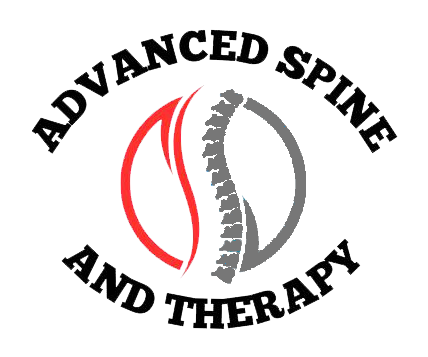Like conventional medicine, chiropractic is based upon scientific principles of diagnosis through testing and empirical observations. Treatment is based upon the practitioner's rigorous training and clinical experience. Unlike conventional medicine, which focuses on attempting to treat disease once it occurs, chiropractic attempts to improve the health of the individual in an effort to avoid illness in the first place. Most people would rather be healthy and avoid illness, if they could. This is one of the main reasons for the big upsurge in the popularity of chiropractic. People are recognizing the benefit of seeking an alternative to traditional medicine; one that will help them achieve and maintain optimal health.
What truly differentiates doctors of chiropractic from any other healthcare professionals is the fact that chiropractors are the only professionals who are trained to diagnose and treat what are called spinal subluxations. The word 'subluxation' comes from the Latin words meaning 'to dislocate' (luxare) and 'somewhat or slightly' (sub). So the term 'vertebral subluxation' literally means a slight dislocation (misalignment) of the bones in the spine. Although this term was adequate in the 1800s when much was still misunderstood about the human body, today the word 'subluxation' has changed in meaning to capture the complex of neurological, structural, and functional changes that occur when a bone is 'out of place.' For this reason chiropractors usually refer to subluxations of the spine as the "Vertebral Subluxation Complex", or "VSC" for short.
Contact Us
